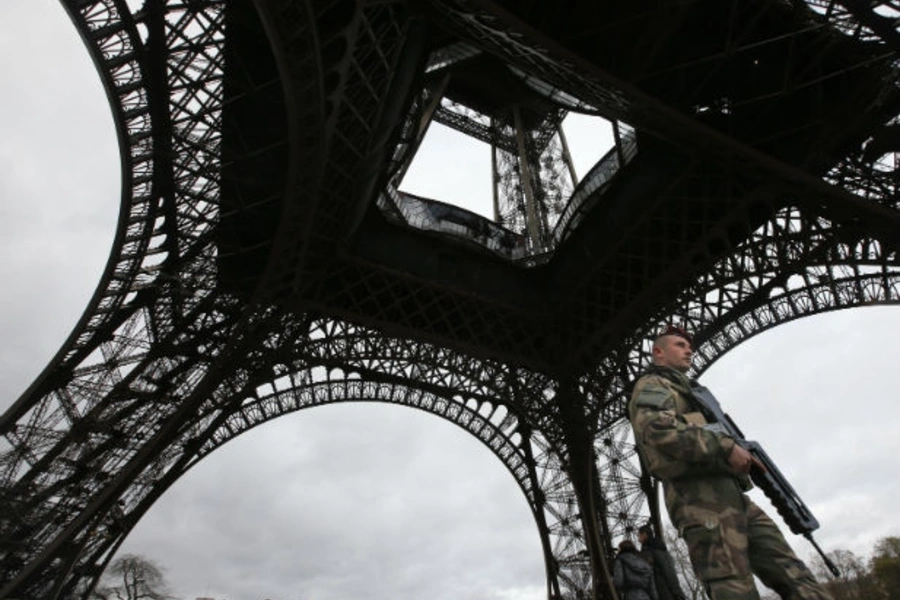Transnational Terrorism: Three Things to Know

Since the attacks of September 11, 2001, combating transnational terrorism has remained a priority for the United States and countries around the world. However, the threat posed by terrorism today is fundamentally different than the one that we confronted on 9/11, as are the tools that we are now bringing to bear against it.
In this video explainer just published on CFR.org, I offer three things to know about the state of global efforts to counter transnational terrorism.
More on:
Diplomacy and International Institutions
1. Heterogeneous groups
Many tend to speak of terrorists as if they were a homogenous entity, but the reality is far more complex. Terrorist organizations have proliferated since al-Qaeda staged the attacks of 9/11, giving rise to Boko Haram in Nigeria, al-Shabab in Somalia, al-Qaeda in the Islamic Maghreb, and the Islamic State of Iraq and Syria (ISIS), among many others. However, while these groups may adopt common rhetoric and symbols, each has a unique history, modus operandi, and ultimate objective. The diversity within Islamist terrorism reminds us that there is no one-size-fits-all approach to combat them; strategies to combat these terrorist groups must be tailored to the circumstances in which they operate.
2. Foreign fighters
The number of foreign fighters traveling to Iraq and Syria is unprecedented. More than twenty thousand foreign fighters have joined ISIS or other extremist groups—surpassing the number of foreigners who traveled to Afghanistan to battle the Soviet Union in the 1980s. Of these, more than three thousand come from the West. The prospect of battle-hardened, radicalized returnees staging attacks in their countries of origin has prompted Western states to tighten border controls, enhance monitoring, and strengthen their domestic legal regimes. Last September, President Obama presided over a special session of the UN Security Council dedicated to the foreign fighter issue, leading to the adoption of a binding resolution requiring all UN member states to ramp up their efforts to crack down on the recruitment, transit, and financing of foreign fighters. However, ISIS propaganda has continued to attract new recruits, while porous borders, poor governance, and weak rule of law in the Middle East enable their passage into ISIS-held territory.
3. Countering violent extremism
The recruitment of Western fighters underscores the importance of countering terrorist propaganda and preventing radicalization. Indeed, policymakers, civil society, and the private sector have increasingly recognized the importance of countering violent extremism (CVE) within the broader framework of counterterrorism. CVE involves any number of community outreach and communications initiatives that attempt to discredit terrorist narratives, while also addressing the social, economic, and political conditions—so-called “root causes” of terrorism—that are conducive to the spread of extremism. A number of NGOs, governments, and multilateral institutions have initiated programs that aim to realize the ideals of CVE, from the newly launched Global Community Engagement and Resilience Fund—a public-private partnership that finances community-oriented CVE projects in developing countries—to law enforcement outreach programs being piloted by the U.S. Department of Justice in Boston, Los Angeles, and Minneapolis. However, CVE is not a cure-all. The CVE paradigm is so young that policymakers have few data points from which to evaluate its effectiveness. Meanwhile, many question whether the government should play a role in debates about religion. This week’s White House summit on CVE has raised hopes that the United States has recognized that combating terrorism requires "soft power" as well as hard military force, but it could also raise more questions than it answers.
More on:
Diplomacy and International Institutions
 Online Store
Online Store
